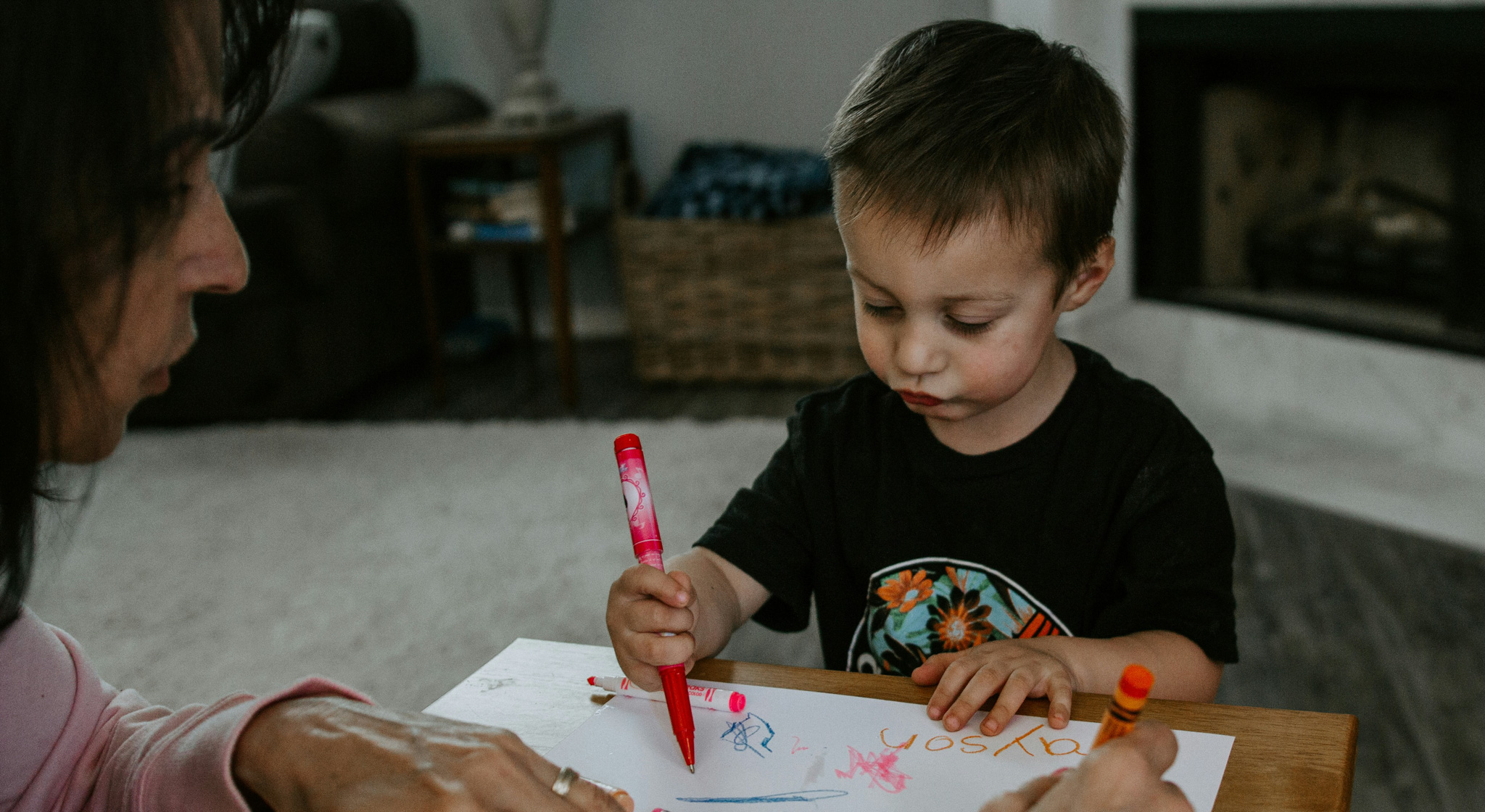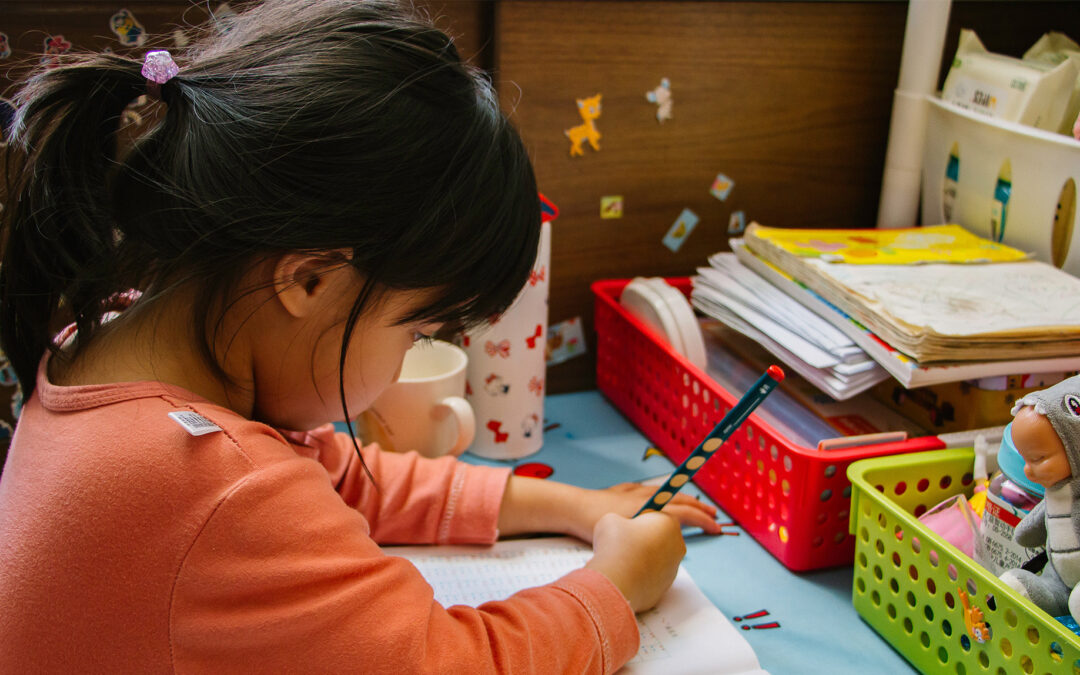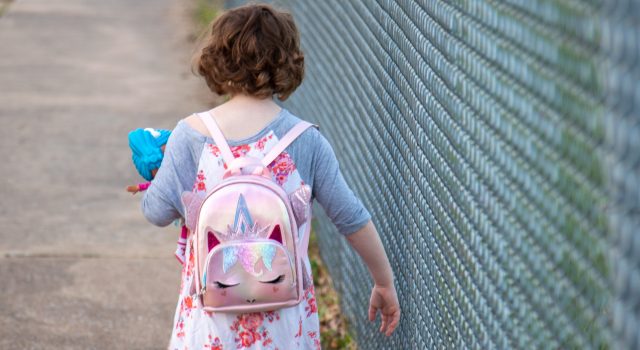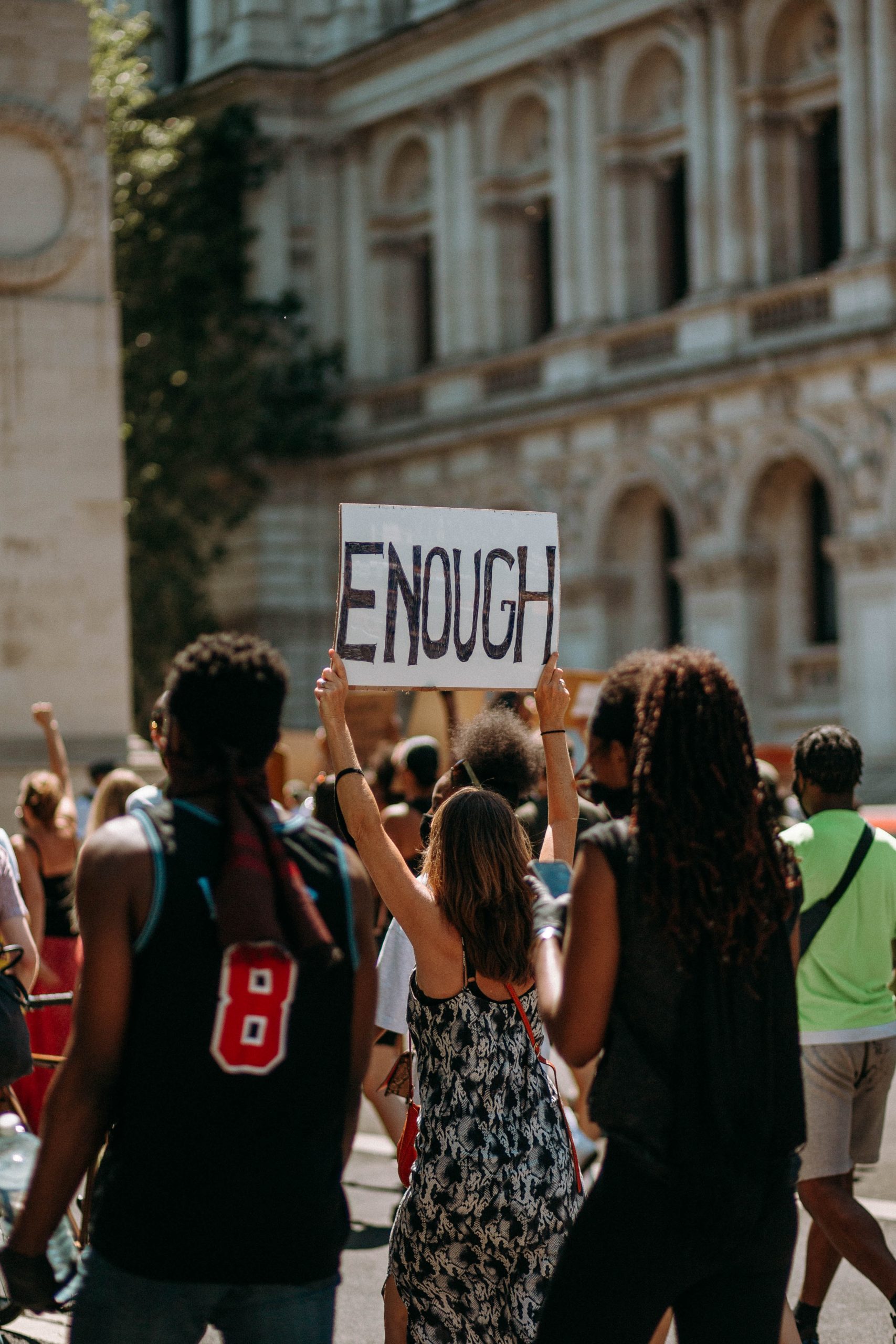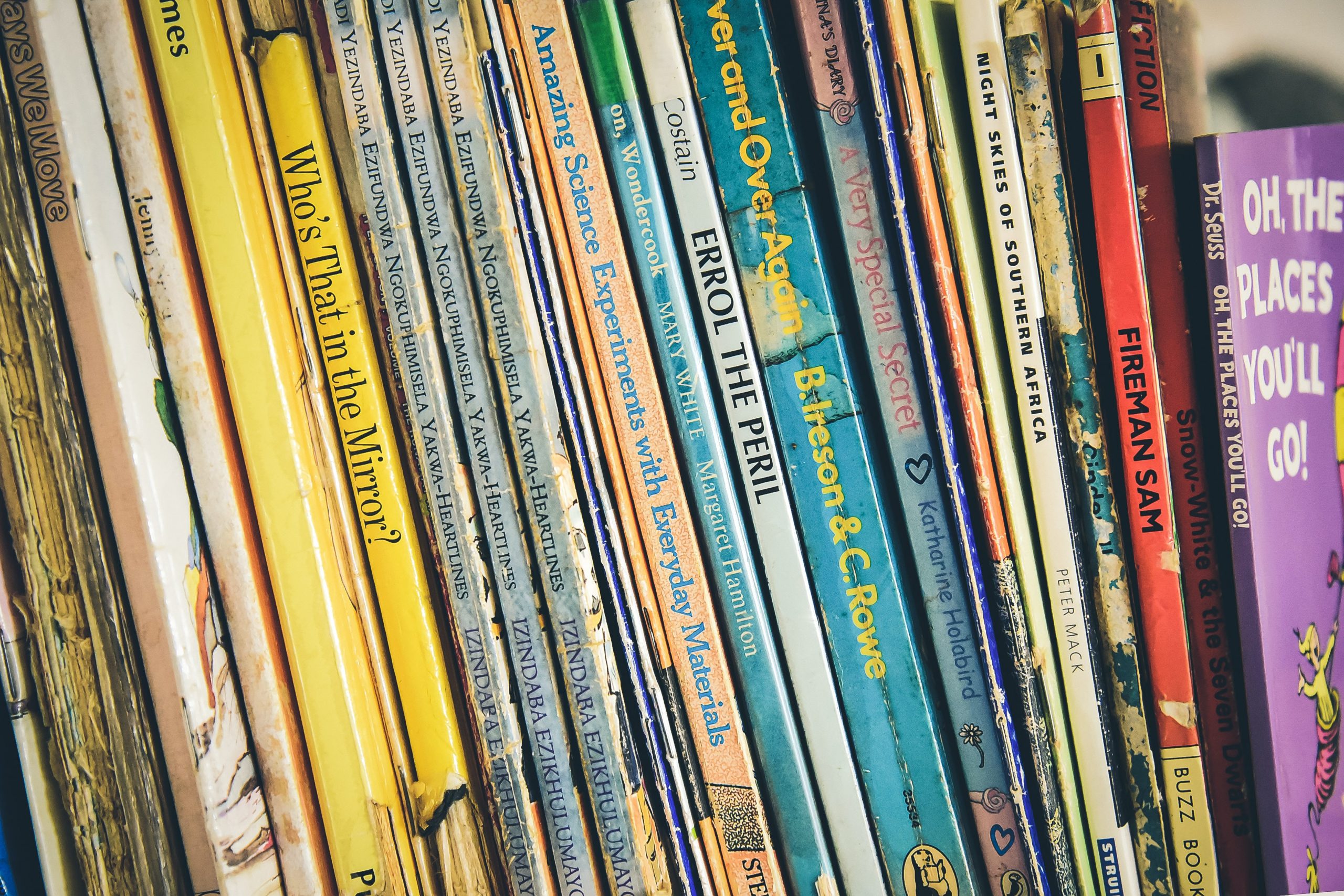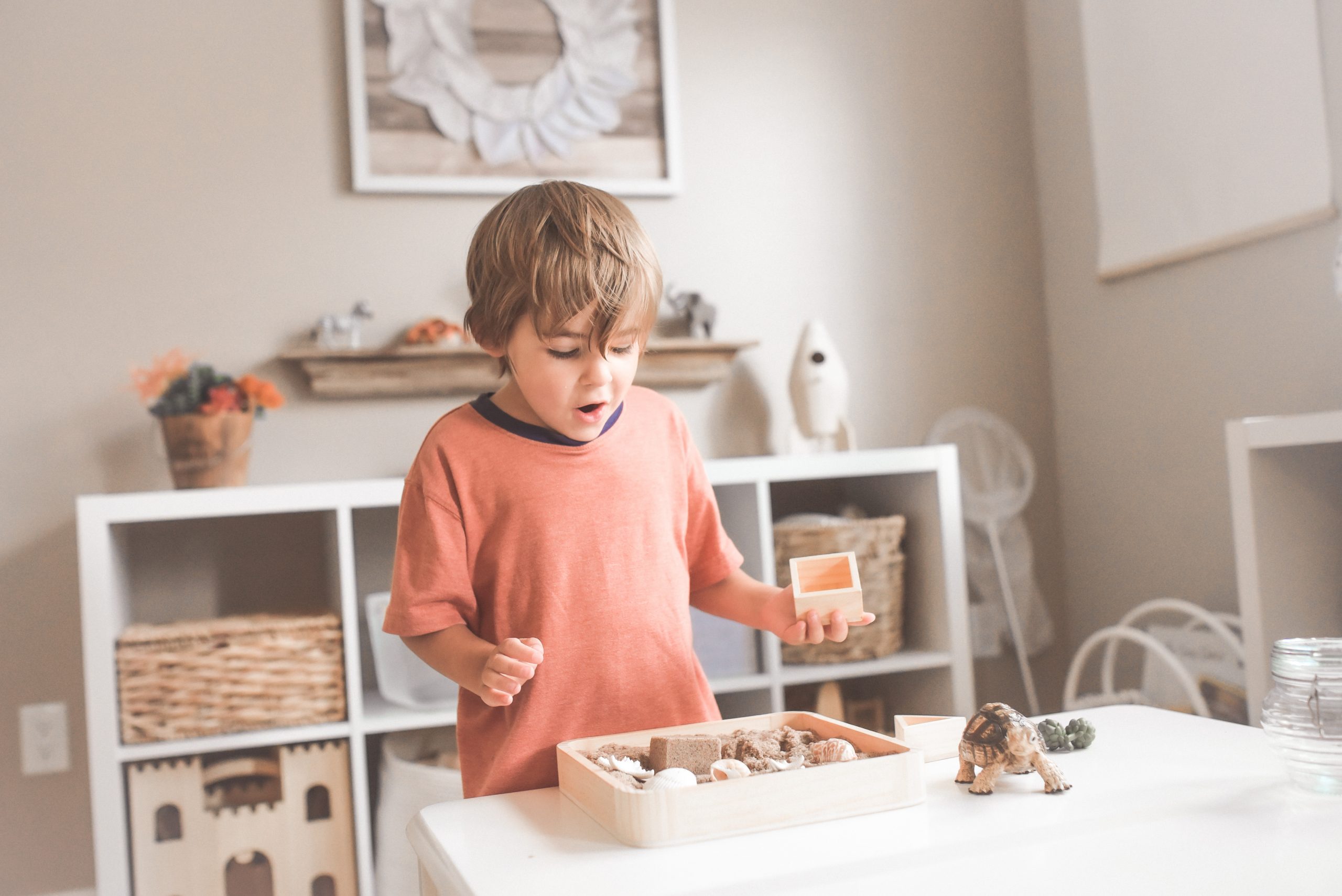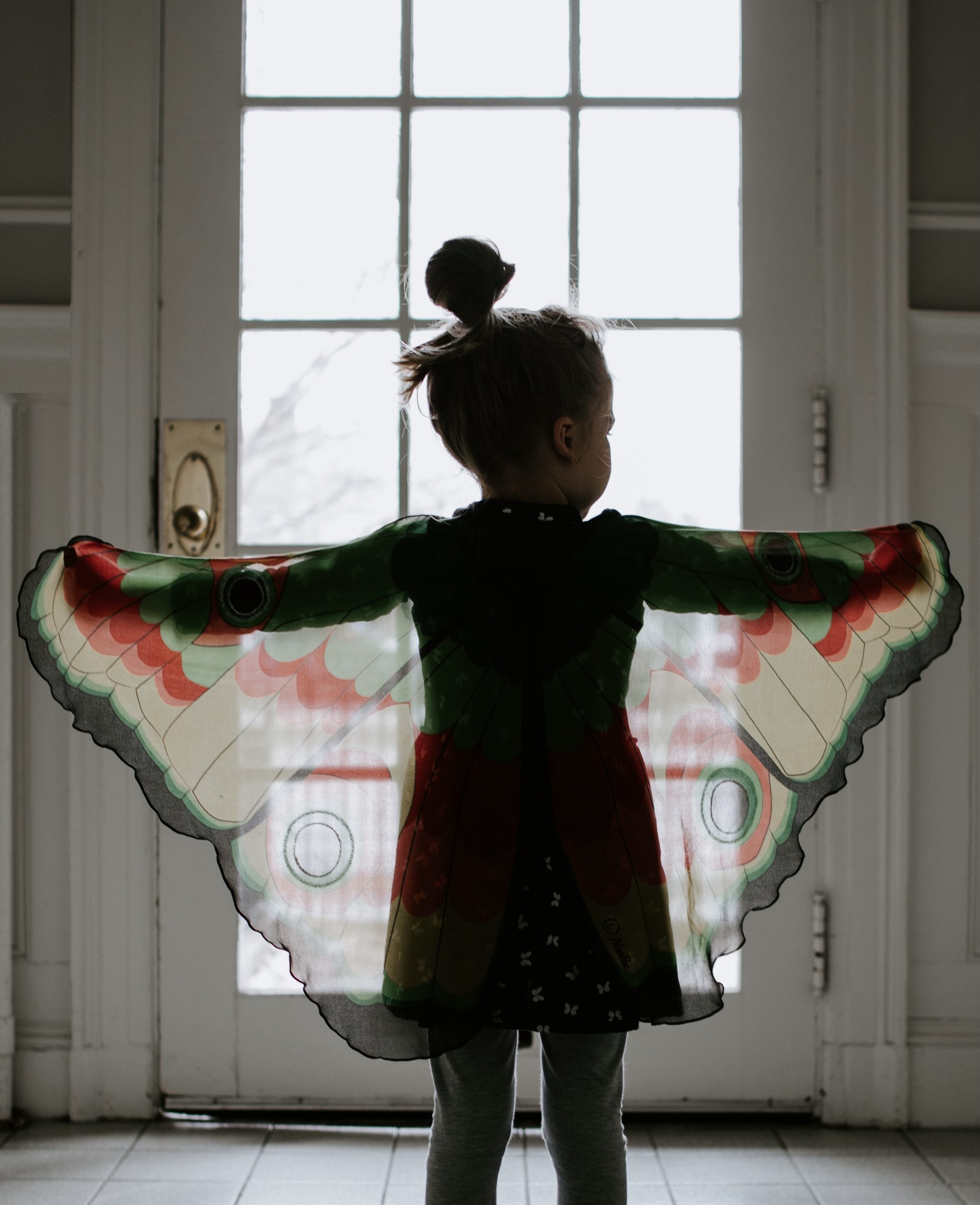Helping Children Express Big Feelings Without the Mess
Anger is a normal and necessary emotion—but for many children, it can feel overwhelming and confusing. Without safe tools to release that intensity, kids may resort to hitting, yelling, or other unsafe behaviors. The good news? Children can learn to express anger in healthy ways that still feel powerful, physical, and even a little bit destructive.
Sometimes, the urge to break, tear, or squeeze is actually a child’s way of saying, “I need to get this out of my body!” That’s where clean and safely destructive anger tools come in. These strategies allow kids to release frustration through movement and sensory input—without creating a big mess or causing harm.
Here are 8 of my favorite go-to tools that strike the perfect balance between safe expression and emotional relief:
1. Tear-Up Paper Station
What to do: Offer scrap paper, junk mail, or old worksheets for ripping.
Why it helps: Tearing paper provides a strong physical release. It feels aggressive and final, which matches how anger can feel in the body.
Clean tip: Use a tray or box to catch the scraps and toss them when you’re done.
2. Velcro Tear Strips or Fabric Tabs
What to do: Attach Velcro strips to a sturdy board or use tearable fabric pieces that can be pulled apart repeatedly.
Why it helps: The ripping sound and resistance create a satisfying sensory experience that mimics destruction—without any actual damage.
Clean tip: Completely reusable, low-noise, and easy to store.
3. Stretch and Snap Toys (or Resistance Bands)
What to do: Provide resistance bands, pop tubes, or strong stretch toys for pulling and snapping.
Why it helps: These tools allow for physical exertion and let children “pull apart” their feelings—literally.
Clean tip: No mess at all. Just a little muscle work!
4. “Crack the Code” with Bubble Wrap
What to do: Give kids a piece of bubble wrap to stomp or pop with their fingers.
Why it helps: The sound and feel are a safe stand-in for explosive emotions. It’s surprisingly satisfying for all ages.
Clean tip: Just throw the wrap away when finished—no cleanup needed.
5. Dry Erase Board Scribble & Erase
What to do: Let the child draw big angry scribbles or write emotional words, then erase them.
Why it helps: This technique gives children control over their anger—they express it, then wipe it away.
Clean tip: No paper waste, just a quick swipe with the eraser.
6. Pillow Punch or Wall Push
What to do: Encourage the child to punch a sturdy pillow or push against a wall with all their strength.
Why it helps: This gives the body a chance to do something with the energy of anger—without causing harm or damage.
Clean tip: No tools required, just space and supervision.
7. Anger “Squish” with Clean Sensory Balls
What to do: Use firm stress balls, therapy putty, or enclosed squeeze toys (without sticky or gooey textures).
Why it helps: The repetitive motion of squeezing provides a calming outlet and can help “crush” the anger safely.
Clean tip: Choose options that are durable and dry—nothing sticky to clean up later.
8. Anger Jar with Beads or Buttons
What to do: Fill a sealed jar with beads, buttons, or other small objects. Let the child shake or slam it onto a soft surface.
Why it helps: The noise and movement offer a sense of chaos and release—without real damage.
Clean tip: Secure the lid tightly and use shatterproof containers.
Why These Tools Work
These coping strategies give kids:
- A safe sense of control over overwhelming feelings
- Physical movement to release built-up energy
- A way to practice self-regulation in moments of distress
Best of all, these tools let kids be loud, strong, or even “destructive” in a space that’s safe, structured, and respectful of their emotional needs.
*Pro Tip: Talk About These Tools Before the Big Feelings Happen
I recommend introducing these options when your child is calm, and letting them help choose their favorites. Keeping a “calm corner” or toolbox stocked and ready makes it easy to access when emotions rise.
Helping children learn safe ways to process anger doesn’t mean stopping the feeling—it means guiding it. With tools that meet both emotional and sensory needs, we can help kids move through their anger and come out the other side feeling safe, seen, and in control.

Adisyn Jamail, LPC-Associate, Supervised by Susan Gonzales, LPC-S, LMFT-S

